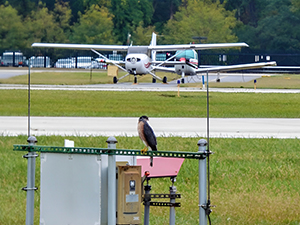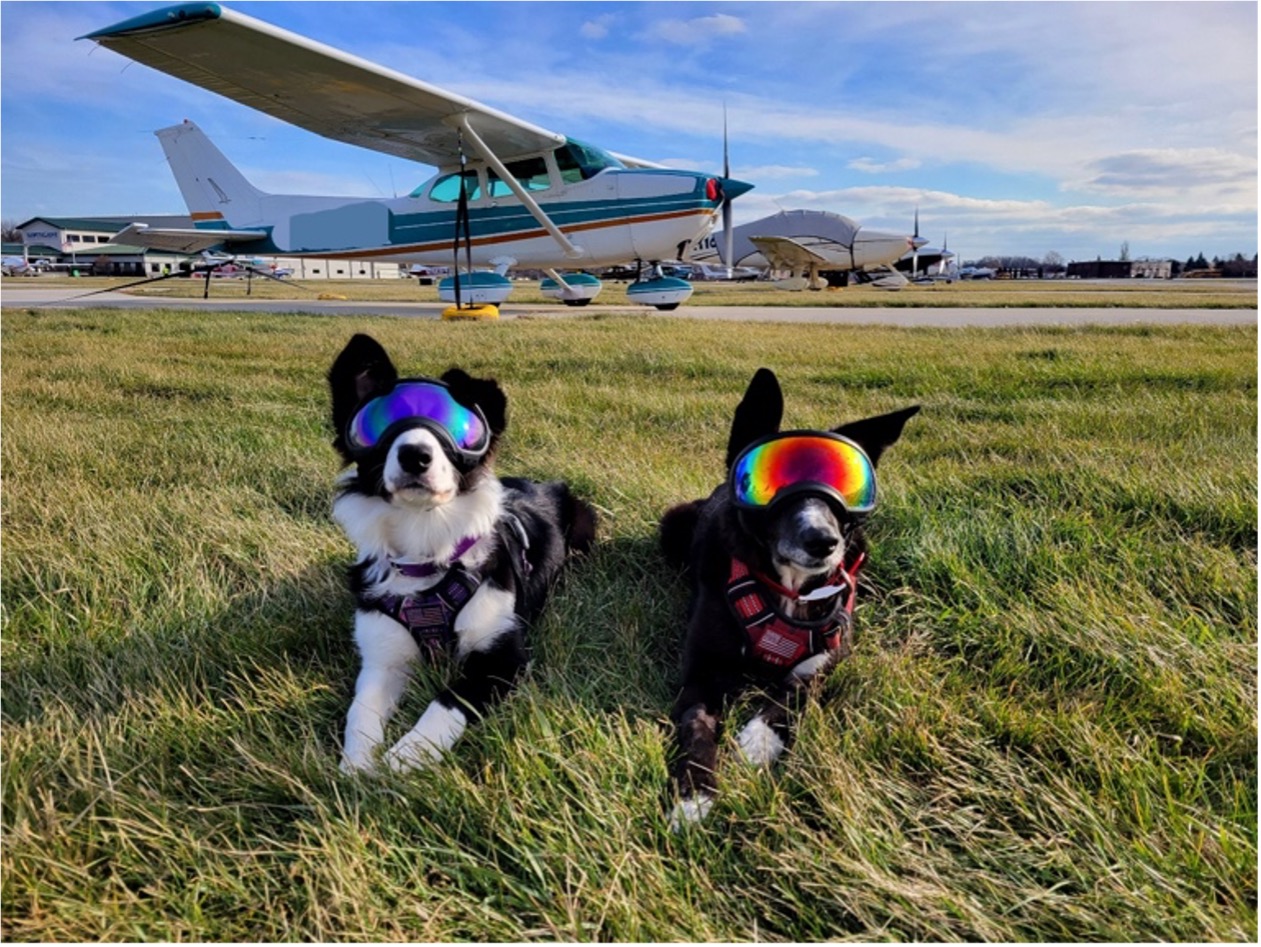How to Control Birds at Airports
Aug 29, 2023
From apartment buildings to schools and farms to warehouses, there are few places where nuisance birds won’t make themselves at home – and leave chaos in their wake.
But, when birds settle on airfields, that chaos can turn disastrous, and sometimes devastatingly so.
What Attracts Birds to Airfields?
Airports provide an excellent habitat for many bird species.
Geese love to graze on airfields’ grass, and rodents love to hide in it. Those rodents attract birds of prey like kestrels, hawks, and even eagles. The wide expanses of grass also attract insects, which then attract huge flocks of starlings and killdeer. After a rain, nearby gulls will flock to airfield taxiways to gorge on the worms that get stranded there.
Airports’ wide-open areas allow birds to spot potential predators from far away, which gives them a sense of safety. Unfortunately, that sense of safety is false in this context.
What Happens When Birds & Planes Collide
When a bird strikes a plane, nobody wins. The bird will invariably lose its life, the plane could be damaged, and the airline will likely incur unanticipated expenses.
Aircraft are masterpieces of precision: everything must be in just the right place and work in just right way for flight to be safe. Even a small dent can change wind flow around the aircraft.
It is unsurprising, then, that when birds are ingested into an engine, catastrophic issues can occur. Even if no damage is reported, aircraft needs to be grounded and double checked for safety purposes after a strike. This leads to downtime, flight delays, costs, and loss of revenue. On average, bird strikes lead to losses between $150 and $500 million per year in the U.S., as well as hundreds of thousands of hours of aircraft downtime.
How to Deter Birds from Airfields
Most strikes happen as planes are taking off and landing – mitigating those strikes is challenging.
Pyrotechnics, one traditional bird control method, are only effective in the very short term and they sometimes only move birds from one area of the airport to another. Lethal methods are an inhumane but effective way to eliminate single birds. But when flocks in the thousands must be deterred, the “solution” is impractical and inadvisable (and illegal in some cases).
One solution that is humane and highly effective? Border collie patrols. This proven-effective solution has kept airfields bird-free for a quarter of a century. During a border collie service, the dogs use their predatory posture to “herd” birds out of airfield space, creating safer runways for planes.

Two of Wild Goose Chase’s airfield bird strike prevention K9s.
Another effective – and relatively new – tool in airfield wildlife management is the aerolaser: a handheld bird mitigation laser. The all-species tool startles birds into leaving a targeted location. Aerolasers have key airfield safety features, including a horizon detector that prevents the laser from shining into a pilot’s airspace. While effective, lasers are currently only used in a few airports in the U.S., as they require extensive approval measures from the FAA.
Your Partner in Bird Control
When it comes to keeping airfields free from birds, Wild Goose Chase has always been ahead of the curve.
25 years ago, our team pioneered the practice of preventing bird strikes with border collie patrols. We also pioneered the use of aerolasers in the Midwest after working closely with the FAA and a local airport. Our experienced and forward-thinking “Bird Control One” team is ready to assist any airports with wildlife damage mitigation plans and services.
For more information about the services Wild Goose Chase offers or to schedule a site evaluation, contact us today.




 0
0
